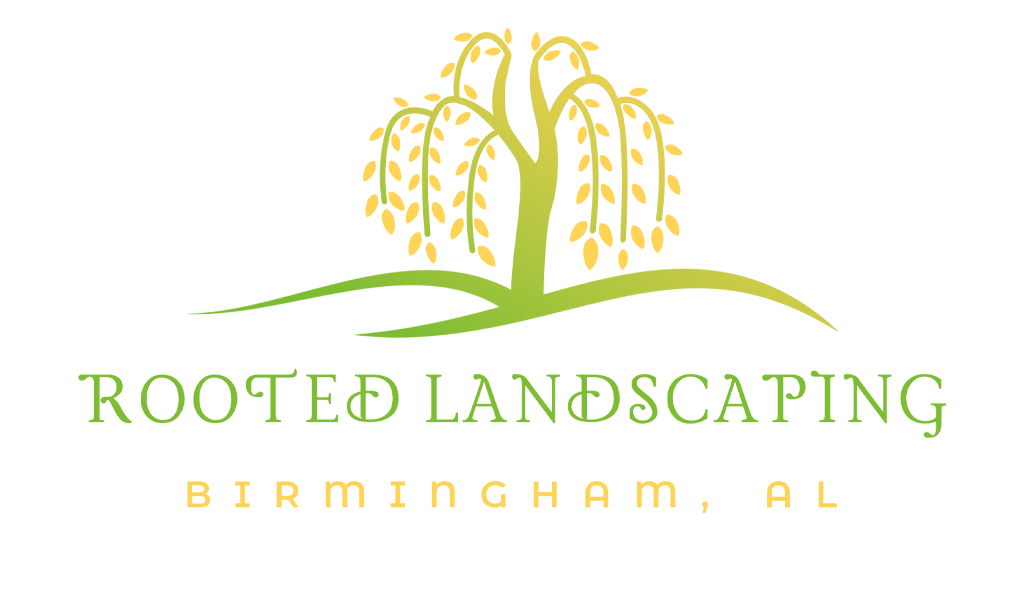Vestavia Hills, Alabama is a vibrant community known for its picturesque landscapes and lush greenery. As residents and business owners in this beautiful city, it is our responsibility to ensure that we are actively contributing to the preservation and enhancement of our environment. One way to achieve this is by creating a sustainable landscape that not only adds to the aesthetic appeal of our surroundings but also promotes ecological balance and resilience.
Sustainable landscaping involves designing and maintaining outdoor spaces in a way that minimizes environmental impact, conserves natural resources, and supports biodiversity. By implementing sustainable practices in our landscapes, we can reduce water consumption, minimize waste, and create habitats for local wildlife.
Here are some tips for creating a sustainable landscape in Vestavia Hills:
1. Native Plants: Choose native plants for your landscape as they are well-adapted to the local climate and require less water and maintenance. Native plants also provide food and shelter for local wildlife, contributing to the overall biodiversity of the area.
2. Water Conservation: Install a rainwater harvesting system to collect rainwater for irrigation purposes. Use drought-tolerant plants and employ water-efficient irrigation techniques such as drip irrigation to minimize water usage.
3. Composting: Start a composting system to recycle organic waste from your garden and kitchen. Compost enriches the soil, reduces the need for chemical fertilizers, and helps retain moisture in the soil.
4. Integrated Pest Management: Implement integrated pest management practices to control pests in your landscape without relying on harmful chemicals. This approach involves using natural predators, physical barriers, and organic pesticides to manage pest populations effectively.
5. Permeable Surfaces: Use permeable materials such as gravel or permeable pavers for driveways and walkways to reduce runoff and allow rainwater to infiltrate into the soil, replenishing groundwater supplies.
6. Wildlife Habitats: Create wildlife-friendly habitats in your landscape by incorporating features such as bird feeders, bat houses, and pollinator gardens. Supporting local wildlife populations is essential for maintaining a healthy and balanced ecosystem.
By incorporating these sustainable landscaping practices into our outdoor spaces, we can contribute to the conservation of our environment and create a more resilient and ecologically sound community in Vestavia Hills. Together, we can make a positive impact on our surroundings and inspire others to embrace sustainable living practices for the benefit of future generations. Let’s work together to create a greener, healthier, and more sustainable Vestavia Hills!


